|
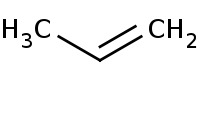

|
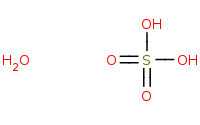
(cold, dilute)
 |
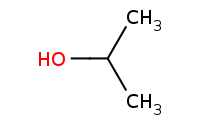

Note: Acid-catalyzed addition of H2O, almost identical to HBr addition, except H2O is the nucleophile instead of Br-
|
|
|
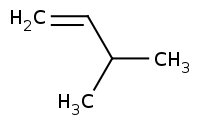

|

(cold, dilute)
 |
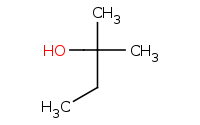

Caution: Acid-catalyzed H2O addition occurs through a carbocation intermediate, resulting in carbocation rearrangement issues
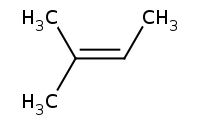

Caution: The H2O addition illustrates an Sn1 mechanism, but then E1 eliminations can compete. Usually this would just give back the starting material anyway, unless a carbocation rearrangement has occured
|
|
|
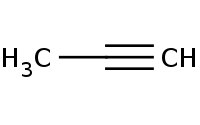

|

(cold, dilute)
 |
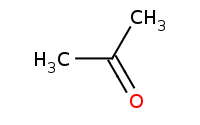

Note: H2O adds to alkyne π bonds under acidic conditions similar to alkene addition with respective Markovnikov regioselectivity for terminal alkynes. This results in an enol product that tautomerizes into a more stable keto form
|
|
|
![C1CC[C@H]2[C@@H](C1)O2](https://re.edugen.wiley.com/arrow-webapp/ArrowWebService?action=smi2png&smiles=C1CC%5BC%40H%5D2%5BC%40%40H%5D%28C1%29O2&width=200&height=125&arrowdesc=&extraImageSetting=amap)

|

(cold, dilute)
 |
O)O](https://re.edugen.wiley.com/arrow-webapp/ArrowWebService?action=smi2png&smiles=C1CC%5BC%40H%5D%28%5BC%40%40H%5D%28C1%29O%29O&width=200&height=125&arrowdesc=&extraImageSetting=amap)

Note: Aqueous acid followup to epoxidation has net effect of anti dihydroxylation
O)O](https://re.edugen.wiley.com/arrow-webapp/ArrowWebService?action=smi2png&smiles=C1CC%5BC%40%40H%5D%28%5BC%40H%5D%28C1%29O%29O&width=200&height=125&arrowdesc=&extraImageSetting=amap)

|
|
|
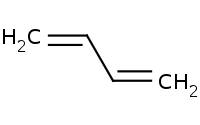

|

(cold, dilute)
 |
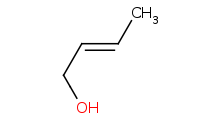

Note: Allylic carbocation intermediates have alternative resonance structures, resulting in the possibility of 1,4 additions beyond the "usual" 1,2 addition
O](https://re.edugen.wiley.com/arrow-webapp/ArrowWebService?action=smi2png&smiles=C%5BC%40H%5D%28C%3DC%29O&width=200&height=125&arrowdesc=&extraImageSetting=amap)

O](https://re.edugen.wiley.com/arrow-webapp/ArrowWebService?action=smi2png&smiles=C%5BC%40%40H%5D%28C%3DC%29O&width=200&height=125&arrowdesc=&extraImageSetting=amap)

|
|
|
![C[C@@H]1CO1](https://re.edugen.wiley.com/arrow-webapp/ArrowWebService?action=smi2png&smiles=C%5BC%40%40H%5D1CO1&width=200&height=125&arrowdesc=&extraImageSetting=amap)

|

(cold, dilute)
 |
O](https://re.edugen.wiley.com/arrow-webapp/ArrowWebService?action=smi2png&smiles=C%5BC%40%40H%5D%28CO%29O&width=200&height=125&arrowdesc=&extraImageSetting=amap)

Note: In contrast to 'base driven' epoxide opening like with organometallics, acid-catalyzed epoxide opening prefers the nucleophile (H2O in this case) to attack the more substituted site based on partial carbocation character
|
|
|
|
|
|
(0.081 sec)
Link
|
|